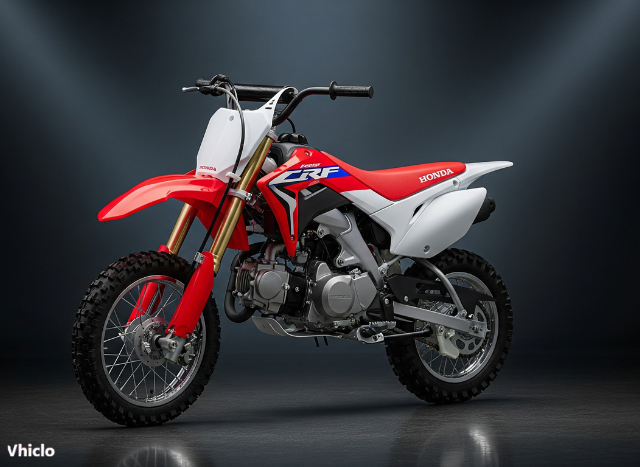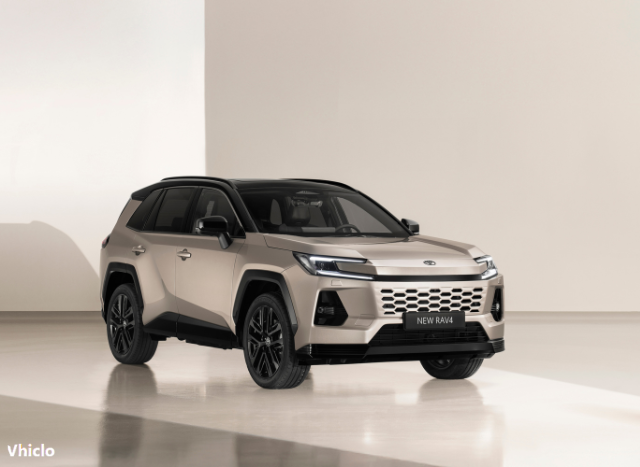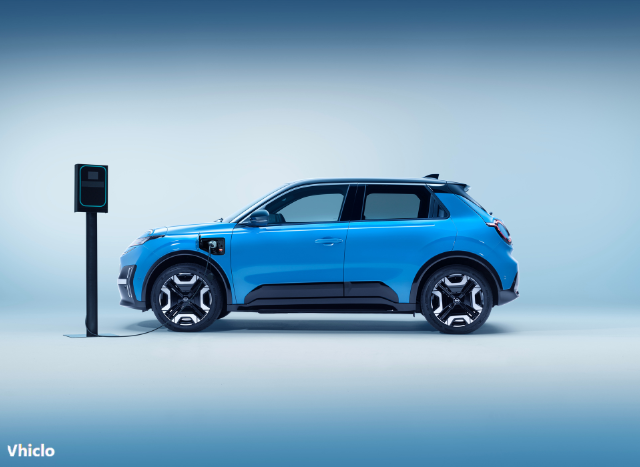Strong free cash flow, strategic EV launches, and steady Top-End demand reinforce Mercedes-Benz’s position in a volatile global market.
Mercedes-Benz Group AG delivered solid financial results in the first quarter of 2025, navigating a challenging economic and geopolitical environment with strong cash flow and a robust product strategy. The Stuttgart-based luxury automaker reported €33.2 billion in revenue, alongside notable progress in electrification, premium vehicle sales, and operational efficiency.
Contents
- 1 Key Q1 2025 Highlights at a Glance
- 2 Financial Resilience Amid Global Headwinds
- 3 Mercedes-Benz Cars: Strategic Mix and Cash Efficiency
- 4 Mercedes-Benz Vans: BEV Momentum Builds
- 5 Mercedes-Benz Mobility: Stable Returns and Contract Volume
- 6 Electrification Progress: A Steady Climb
- 7 Outlook: Cautiously Optimistic with Tariff Caveats
Key Q1 2025 Highlights at a Glance
| Metric | Q1 2025 | Q1 2024 | Change YoY |
|---|---|---|---|
| Revenue | €33.2B | €35.9B | -7.4% |
| EBIT | €2.3B | €3.9B | -40.7% |
| Net Profit | €1.7B | €3.0B | -42.8% |
| Free Cash Flow (Industrial) | €2.36B | €2.23B | +5.6% |
| Earnings per Share (EPS) | €1.74 | €2.86 | -39.1% |
Despite year-over-year declines in earnings and revenue, Mercedes-Benz generated a strong industrial free cash flow, driven by seasonal tailwinds in working capital and disciplined cost controls.
Financial Resilience Amid Global Headwinds
Mercedes-Benz ended Q1 with a healthy net liquidity position of €33.3 billion, up from €31.4 billion at the end of 2024. This financial buffer positions the Group well against rising macroeconomic and trade-related uncertainties, including potential tariff impacts on key markets.
Chief Financial Officer Harald Wilhelm emphasized the company’s preparedness:
“The all-new CLA marks the beginning of our product and technology offensive. Our leadership in the Top-End segment and our strong balance sheet give us confidence to navigate turbulent times.”
Mercedes-Benz Cars: Strategic Mix and Cash Efficiency
Mercedes-Benz Cars delivered 446,300 vehicles globally in Q1, reflecting a modest 3.6% decline amid changing demand patterns. Electrified vehicle (xEV) sales held steady at 19.5% of total units, supported by strong plug-in hybrid demand.
Mercedes-Benz Cars Snapshot
- Revenue: €24.2B (↓5.7%)
- Adjusted EBIT: €1.77B (↓23.9%)
- RoS (Adjusted): 7.3%
- Cash Flow Before Interest and Taxes (CFBIT): €2.79B (↑21.4%)
High-margin models like the Mercedes-AMG and G-Class continued to outperform, boosting the Top-End segment share to 15%.
Mercedes-Benz Vans: BEV Momentum Builds
While van unit sales fell 21.3% year-over-year, the division maintained strong margins thanks to a high-value product mix and cost discipline. Battery electric van (BEV) sales grew by an impressive 59.4%, led by the success of the new eSprinter.
Vans Performance Metrics
- Revenue: €4.08B (↓16.6%)
- Adjusted EBIT: €475M (↓40.6%)
- RoS (Adjusted): 11.6%
- Cash Flow (CFBIT): €588M
BEVs now make up 5.7% of van sales, double the share from a year ago.
Mercedes-Benz Mobility: Stable Returns and Contract Volume
The Mobility division remained stable, recording €287 million in adjusted EBIT, supported by efficiency gains and cost discipline. While contract volumes dipped to €133.7 billion, average contract values rose, particularly in key regions like China.
Mobility Division Summary
- New Business: €13.6B (↓7.6%)
- Adjusted RoE: 8.6% (↑0.1 pts)
- Revenue: €6.42B (↓6.3%)
Electrification Progress: A Steady Climb
Mercedes-Benz continues to accelerate its EV transition:
- xEV Share of Global Sales: 19%
- Europe xEV Share: 37%
- Van BEV Sales Growth: +59%
- PHEV Global Sales Growth: +8%
The recent world premiere of the all-new CLA – an electric-first model – and the unveiling of the Vision V concept, a preview of the upcoming “VLS” luxury van, highlight the brand’s evolving electrification roadmap.
Outlook: Cautiously Optimistic with Tariff Caveats
The company maintains its 2025 outlook across all divisions, barring unexpected regulatory disruptions. However, Mercedes-Benz warns that if currently implemented and announced tariffs take full effect through year-end, the financial impact could be material, affecting everything from EBIT to free cash flow and cash conversion.
Due to ongoing volatility in global trade policy and unpredictable customer behavior, especially in China and the U.S., precise forecasting remains challenging for the rest of the year.
Finally, despite softening demand and external pressures, Mercedes-Benz Group continues to perform with operational discipline, solid liquidity, and a strategic focus on electrification and premium innovation. Its product offensive and sustained Top-End momentum offer promising levers for long-term growth.
Automotive industry expert and editor of Vhiclo, specializing in car news, EV technology, and in-depth vehicle analysis. With years of experience in the field, Koutaibah provides trusted insights for enthusiasts and professionals alike.






